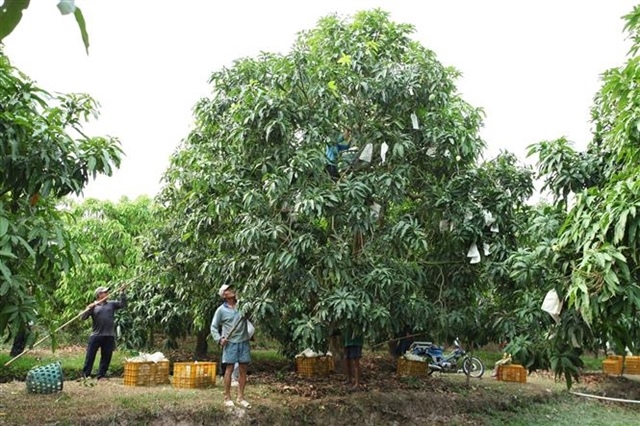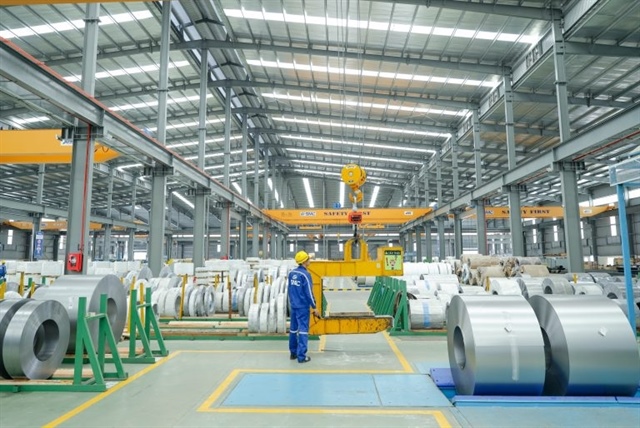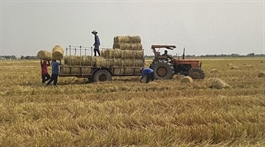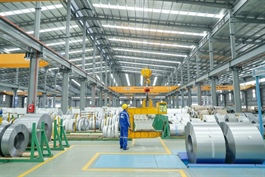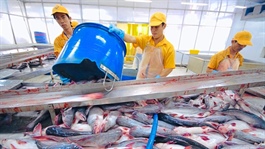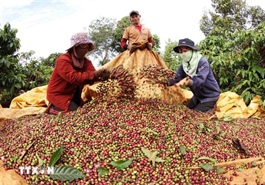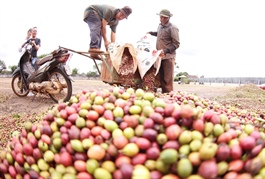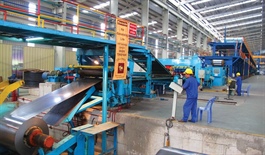Extreme weather drives vegetable prices higher in Hà Nội as supplies tighten
Extreme weather drives vegetable prices higher in Hà Nội as supplies tighten
The recent price surge in Hanoi’s vegetable market is a direct result of extreme weather, major natural disasters and disruptions across the agricultural supply chain. In this context, closer coordination between authorities, distributors, cooperatives and producers is essential to stabilise supplies and cushion market impacts.
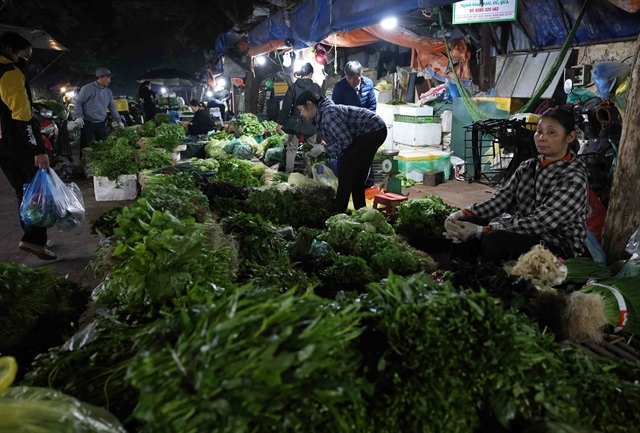
Vegetable traders at a wholesale market in Hà Nội. — VNA/VNS Photo |
Retail vegetable prices in Hà Nội have surged by 30 per cent to more than 100 per cent after consecutive storms and prolonged rainfalls at the end of October and early November, leaving shoppers cutting back on spending, traders struggling to source goods, and suburban farmers grappling with severe losses caused by historic flooding.
At local wet markets such as Nhân Chính, Ngã Tư Sở and Yên Hòa, leafy vegetables have risen sharply compared with pre-storm levels. Morning glory, previously priced at VNĐ8,000-10,000 (US$0.30-0.38) per bunch, is now selling for VNĐ20,000-30,000. Other items such as chayote, tomatoes and cucumbers have become harder to find, with prices in some places doubling.
Bùi Văn Quý, a trader from Đông Anh supplying Nhân Chính Market, said vegetable volumes from suburban areas had dropped sharply after two consecutive storms. Many suppliers reported waterlogged and damaged produce. Supply is low while demand remains high, pusing prices up, he said.
Shoppers, too, are feeling the strain. Hoàng Thu Huyền, a resident of Nguyên Tuân Street, said prices change almost every time she visits the market. Some days she only dares to buy half a bunch of morning glory because it’s too expensive. Household spending has clearly gone up, she noted.
Small wholesalers report that several vegetable-growing communes on Hanoi’s outskirts have suffered localised flooding, disrupting supply. Many traders are now travelling further afield to source vegetables from neighbouring provinces such as Hưng Yên, Phú Thọ and Bắc Ninh, pushing transport costs sharply higher.
Outlying districts including Gia Lâm, Đông Anh, Sóc Sơn and Me Linh, major vegetable suppliers for the capital, have all recorded extensive crop damage after Storms No 10 and 11. Prolonged flooding destroyed leaves and roots, while greenhouses and drainage systems were also damaged.
Beyond crop losses, farmers are facing shortages of seeds, labour and long recovery times. Short-cycle vegetables such as morning glory, mustard greens and Malabar spinach need at least 20-30 days before harvesting again, meaning supplies to Hà Nội will remain tight for several more weeks.
Experts predict vegetable prices may remain high for at least another 10-15 days, as new crops have yet to be harvested. Recent flooding in the central and Central Highlands regions has also affected the quantity of vegetables transported to Hà Nội. This places additional pressure on urban consumers and the food service sector.
Local authorities in suburban districts have begun supporting farmers with drainage, crop restoration, short-cycle seeds and technical guidance on soil rehabilitation.
The recent price surge in Hà Nội’s vegetable market is a direct result of extreme weather, major natural disasters and disruptions across the agricultural supply chain. In this context, closer coordination between authorities, distributors, cooperatives and producers is essential to stabilise supplies and cushion market impacts. In the longer term, investments in safe production models, weatherproof greenhouses, drainage infrastructure and disaster forecasting will be critical to strengthening Hà Nội’s vegetable sector against increasingly severe climate risks.
- 15:47 21/11/2025



